Ladders are simple tools, from household chores to professional construction sites. While they provide us with a convenient means of reaching heights, it’s easy to overlook the potential dangers associated with their use. According to statistics, ladder-related accidents result in thousands of injuries and fatalities yearly, making ladder safety a crucial topic that deserves our attention.
This blog will delve into the essential ladder safety rules, highlighting potential hazards and offering practical dos and don’ts to ensure your safety while using ladders. Whether you are a homeowner, a DIY enthusiast, or a professional tradesperson, understanding these guidelines can significantly reduce the risk of accidents and protect you from unnecessary harm.
By exploring the key principles of ladder safety, we aim to equip you with the knowledge and awareness needed to make informed decisions when working with ladders. We will discuss various types of ladders, common hazards to watch out for and provide practical tips to minimize risks associated with ladder use.
Remember, ladder accidents are often preventable, and it is crucial to always prioritize safety. So, let’s dive into the world of ladder safety rules and explore the do’s and don’ts that can help keep you secure during your ascent.
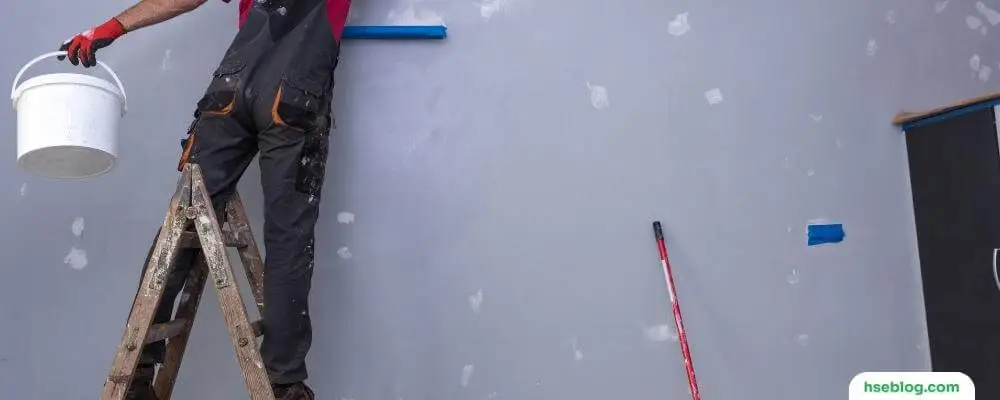
Ladder Hazards
Working with ladders involves numerous potential hazards, including but not limited to:
- Falls: This is one of the most common ladder hazards. Falling from a ladder can cause serious injury or even be fatal. This often occurs due to overreaching, climbing with heavy loads, slipping on rungs, or the ladder tipping over.
- Electrocution: If a metal ladder comes into contact with a live electrical wire, it can result in electrocution.
- Ladder Instability: Unstable or insecure ladders can easily tip over or slip out from under the user. This can occur if the ladder is not set up correctly, placed on an uneven surface, or used in poor weather conditions.
- Improper Use: Using a ladder that is too short, too long, or not designed for a specific task can lead to accidents.
- Poor Maintenance: Damaged or worn ladders can fail during use, leading to injuries. Common issues include broken or loose rungs, corroded parts, or worn non-slip feet.
- Overloading: Ladders are designed to hold a certain amount of weight. Exceeding the weight limit can cause the ladder to break or become unstable.
- Incorrect Positioning: A ladder incorrectly positioned against a wall or object can slip or fall during use.
- Struck by Falling Objects: People working beneath or walking under ladders risk being struck by tools or materials that fall from the ladder.
- Unauthorized or Untrained Use: Persons not trained in ladder safety or unauthorized persons using the ladder can lead to accidents due to ignorance of proper usage and safety guidelines.
- Hazardous Substances: Some ladders may be exposed to harmful substances, such as acids or solvents, that can degrade the material and lead to structural failure.
Understanding these potential hazards is the first step in preventing ladder-related accidents. Training, proper use, and regular maintenance can go a long way in minimizing these risks.
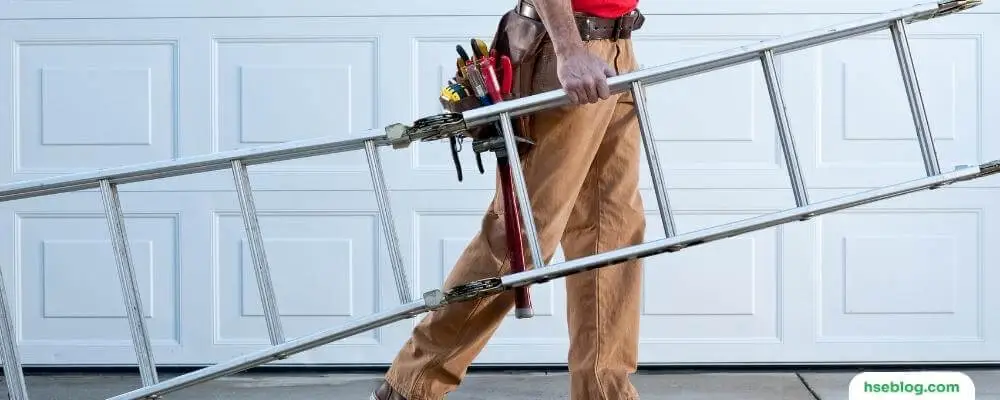
The Do’s and Don’ts of Ladder Safety
Ladders are commonly used for reaching elevated areas at home and in various work settings. However, they can also pose significant safety risks if not used properly. Here are some essential do’s and don’ts of ladder safety to help ensure your well-being:
Do’s of Ladder Safety:
Ladder safety is crucial to prevent accidents and injuries. Here are some important “do’s” to follow when it comes to ladder safety:
1. Inspection Before Use
Before setting foot on a ladder, it is critical to thoroughly inspect it. This involves checking each part of the ladder for any visible signs of damage, including but not limited to cracks, bends, loose rungs or rails, and missing parts. Moreover, if the ladder has a safety lock, ensure it’s functional. Wear and tear may compromise the integrity and stability of the ladder, making it unsafe for use. If any issues are detected, it’s better to err on caution and not use the ladder.
2. Ensuring a Stable and Level Surface
The ground on which the ladder is placed significantly impacts its stability. Before using a ladder, make sure the ground or floor is flat, solid, and not slippery. Soft, uneven, or wet surfaces can cause the ladder to tilt or slip, leading to dangerous falls. In cases where a level surface is not available, ladder levelers can be used to provide stability.
3. Facing the Ladder When Climbing
Always face the ladder when climbing up or down. This position allows you to always have three points of contact with the ladder – two feet and one hand or two hands and one foot, which provides balance and stability. Facing the ladder also ensures you can properly grip the rungs and reduces the risk of losing your balance.
4. Use Both Hands for Climbing
Climbing a ladder should always be done with both hands. This practice provides a secure grip and reduces the risk of falling by maintaining balance. If you need to transport tools or materials, consider using a tool belt, a bucket attached to a rope, or a pulley system, instead of attempting to carry them in your hands while climbing.
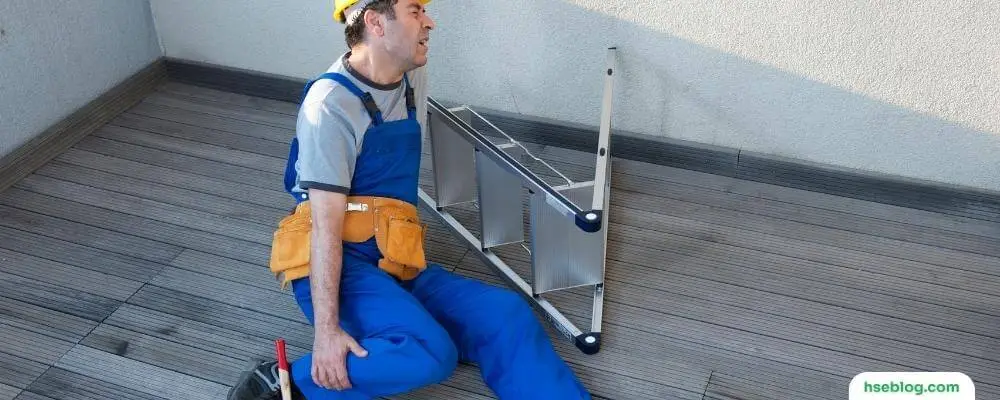
5. Install Safety Measures for High Climbs
If you’re climbing more than 7.5 meters, installing additional safety measures like guardrails and toe boards can protect against falling objects and provide extra security. Single support ladders should have locking devices installed to prevent slipping or falling sideways.
6. Wear Slip-Resistant Shoes
Wearing the right footwear can significantly impact your safety when using a ladder. Shoes or boots with non-slip soles provide better traction and stability when climbing and standing on a ladder. Avoid using footwear with smooth soles, as they may slide off the rungs, especially in wet or oily conditions.
7. Extend the Ladder Properly
If you’re using an extension ladder, it should extend at least 1 meter (3 feet) beyond the point of support. This rule will provide additional stability and allow a safe transition from the ladder to the elevated work surface.
8. Secure the Ladder
If someone can’t hold the ladder while you’re on it, it should be tied to a secure point, such as a heavy object or a fixed structure. This step prevents the ladder from slipping or tipping over when climbing or working on it.
9. Load Capacity Adherence
Each ladder has a maximum load capacity, including the user’s weight and the weight of any tools or materials they carry. Exceeding this load limit can lead to the ladder breaking or becoming unstable, which could result in a fall. Always ensure you know and adhere to your ladder’s load capacity.
Remember, ladder safety isn’t just a one-time thing; it should be considered every time you use it. It’s always better to take a few extra moments to ensure safety than to risk an accident or injury.
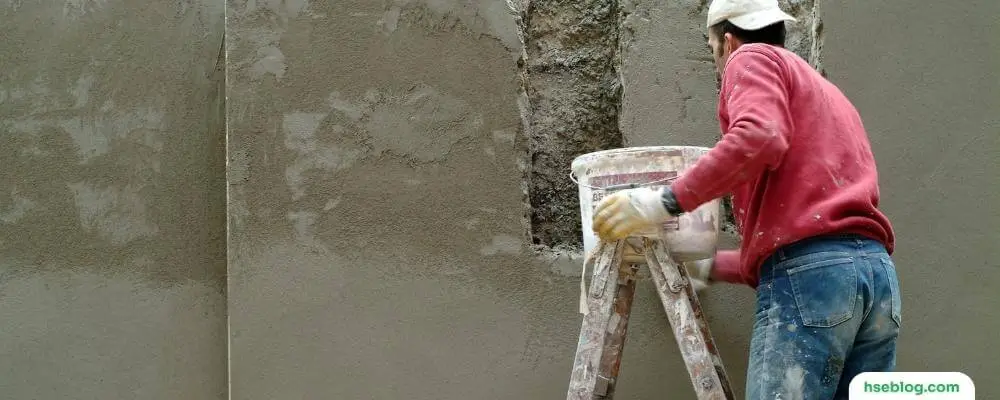
Don’ts of Ladder Safety:
When it comes to ladder safety, there are several important “don’ts” that should be followed to prevent accidents and injuries. Here are some key points to keep in mind:
1. Avoid Standing on the Top Rung
Standing on the top rung or step of a ladder is a risky behavior that can result in severe injuries. This area is not designed to support a person’s weight, which makes the ladder unstable and increases the chance of a fall. If the work area is beyond your safe reach, use a taller ladder that allows you to maintain a safe distance from the top.
2. Don’t Lean Sideways
Leaning too far to the side while on a ladder can throw off your balance and lead to a fall. It is important to always keep your body centered between the rails of the ladder. A good rule of thumb to remember is the “belt buckle rule” – your belt buckle should never cross the ladder rails when reaching for something.
3. Avoid Moving a Ladder While Occupied
Attempting to move or adjust a ladder while someone is on it is hazardous and can result in falls and injuries. Always ensure the ladder is unoccupied and properly secured before repositioning it.
4. Avoid Using Substitutes for a Ladder
Chairs, boxes, tables, or any other object should not be used as substitutes for a ladder. These items are not designed to withstand the weight and movement of climbing and can easily tip over or collapse.

5. Don’t Use a Ladder During Adverse Weather Conditions
Using a ladder during high winds, rain, or a thunderstorm can make the ladder unstable and slippery, increasing the risk of accidents. If you must work in such conditions, take extra safety precautions such as securing the ladder more firmly or using a non-slip mat beneath it.
6. Don’t Overload the Ladder
Exceeding a ladder’s weight capacity, including the combined weight of the person and any equipment or materials being carried, can cause the ladder to break or become unstable. Always check the ladder’s weight capacity before use.
7. Avoid Using a Damaged Ladder
If a ladder is damaged or has missing parts, it should not be used under any circumstances. Damaged ladders can easily collapse or become unstable, leading to accidents and injuries.
8. Don’t Leave a Raised Ladder Unattended
An unattended ladder, particularly one that’s extended, can be a hazard to children or passersby. It can also be a security risk, potentially providing access to upper levels of your property. Always retract ladders and store them securely when not in use.
9. Don’t Rush While Climbing
Climbing a ladder should be done slowly and deliberately. Rushing can cause you to miss a rung or lose footing, leading to falls and injuries. It is important to focus on the task and not be distracted.
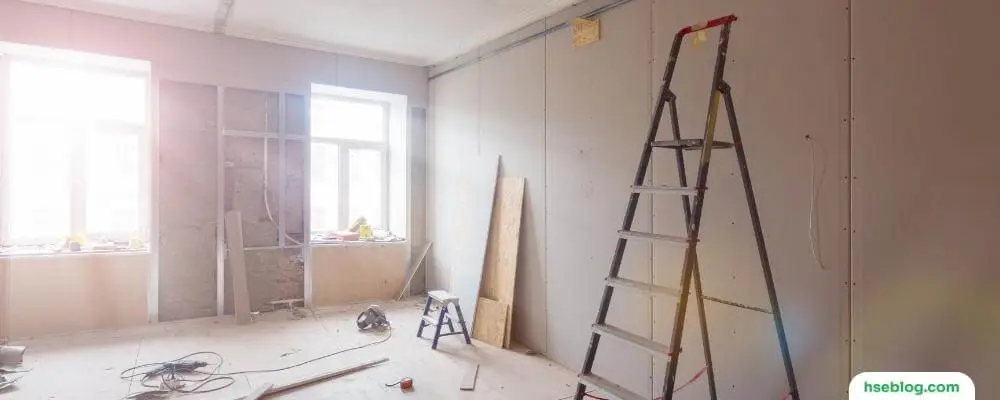
Additional Ladder Safety Rules To Prevent Accidents
- Minimize Work on Ladders: As much work as possible should be performed from ground level to avoid unnecessary risks associated with working at heights.
- Select Suitable Equipment: The ladder and any associated equipment should be fit for purpose, stable, and capable of supporting the intended weight. Regular maintenance and safety checks should be carried out to ensure their reliability and safety.
- Justify Ladder Usage: A ladder should only be used when it’s the safest and most practical means of reaching a height for work. The type of work and the height involved must warrant using a ladder.
- Assess the Location: The surface against which the ladder rests, as well as the ground surface, should be firm, level, dry, and free from slip hazards. Be extra cautious if the location is busy with people or vehicles or if the ladder leans against unstable surfaces.
- Ensure Optimal Inclination: The ladder’s angle should be as close to the recommended ratio as possible, typically a 1:4 ratio (for every 4 feet of height, the ladder’s base should be 1 foot away from the wall).
- Secure the Ladder: To prevent the ladder from slipping, it should be tied at the top, bottom, or both whenever possible. Always tie the ladder by its stiles, not its rungs.
- Use Stability Devices: If tying the ladder is impossible, use a ladder equipped with a stability device or an ‘effective ladder’ – one the suppliers or manufacturers confirm is stable enough for unsecured use.
- Precautions if the Ladder Can’t Be Secured: If it’s impossible to secure the ladder or use a stability device, the ladder stiles can be wedged against a sturdy object, or, as a last resort, a second person can ‘foot’ the ladder.
- Be Mindful of Weather Conditions: The weather should be appropriate for ladder use, with no high winds or heavy rain that could make the ladder unstable or slippery.
- Beware of Electricity: When handling and placing ladders, always consider the location of power lines. Ensure ladders, especially metal ones, do not come into contact with live electrical wires.
- Ensure Proper Ladder Extension: The ladder should extend at least 1 meter (or 3 feet) above the disembarkation point for safe access and egress.
- Consider the Task at Hand: The ladder must suit the specific task. Overreaching should be avoided, and tools or materials shouldn’t be stored on the ladder. If heavy loads need to be carried up the ladder, appropriate measures must be in place.
- Use Caution Near Fragile Surfaces: Extra precautions should be taken to prevent fall-through incidents when working on or near fragile surfaces.
- Protect Against Falling Objects: Use measures like toe boards, tool belts, or netting to prevent tools and other objects from falling and causing injuries.
- Train Workers: All ladder users should receive proper ladder selection and use training. This includes understanding the importance of using both hands while climbing, ensuring clean, non-slip footwear, and using an undamaged, clean ladder.
- Regular Ladder Inspection and Maintenance: Ladders should be inspected regularly for any damage or missing rungs and maintained well. Any repairs should only be done by competent persons.
- Proper Transportation and Storage of Ladders: Ladders can often get damaged during transportation or storage, so handle them carefully and store them in a dry and safe place.
- Prevent Unauthorized Access: If a ladder is left secured to a structure during non-working hours, tie a plank across the rungs to deter unauthorized use.
- Prepare for Emergencies: Always have an emergency evacuation and rescue plan in case of a ladder accident.
Following these additional ladder safety rules can significantly reduce the risk of accidents and ensure a safer work environment.
Conclusion
In conclusion, prioritizing ladder safety is paramount to avoid accidents and injuries. By adhering to the ladder safety rules, understanding the potential hazards, and implementing the do’s and don’ts discussed in this blog, you can significantly reduce the risk of accidents while using ladders. Remember to choose the appropriate ladder for the task, inspect it for defects, maintain three points of contact while climbing, secure the ladder properly, and follow safety precautions diligently.
By doing so, you can ensure your safety and the safety of those around you, making every ascent on a ladder a secure and confident one.

